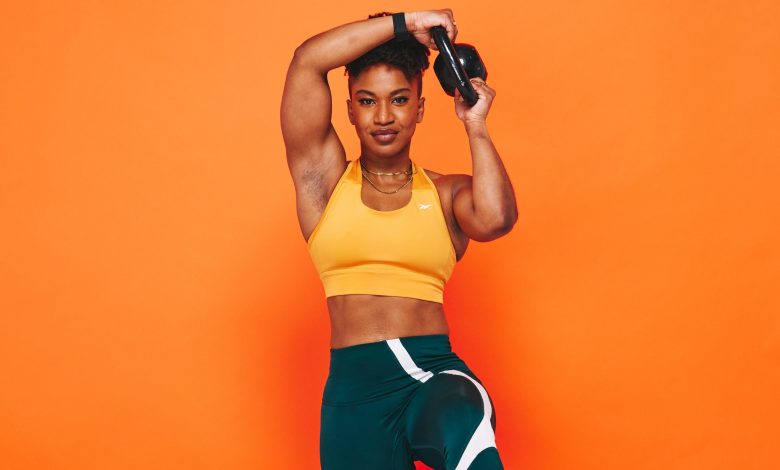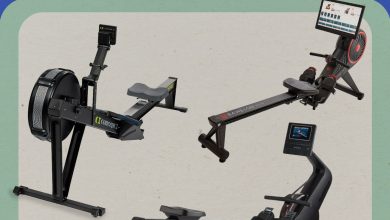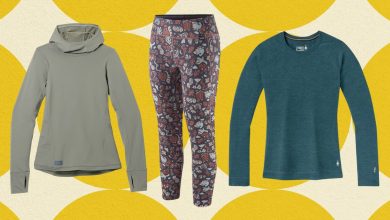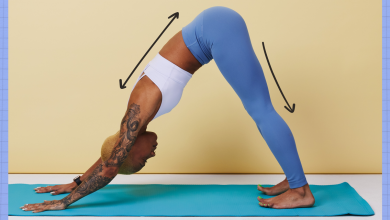The Best Exercises to Work Your Shoulders From Every Angle

Your shoulders sure aren’t your biggest muscles—that would be your glutes—but they are super important, helping you complete tons of daily tasks. So knowing the best shoulder exercises can really pay off if you want to make things like carrying a bag of groceries, reaching for a box of cereal, or blow drying your hair a little easier.
Plus, strengthening your shoulders can help reduce your chances of injury. That’s major, since the shoulder is a ball and socket joint—and the most mobile one in your body. And with that comes inherent instability. If your shoulders aren’t strong enough to handle all that range of motion, you run the risk of issues like dislocation and subluxation (partial dislocation), physical therapist Kellen Scantlebury, DPT, CSCS, founder of Fit Club NY, tells SELF. So: Another reason to bolster the strength of these upper-arm muscles.
And the best way to do just that? With a whole host of shoulder exercises to add to your workout toolbox—and the knowledge on the best ways to slot them into your routine. From what the shoulder muscles even are to how to hit all sides of them, ways to work them with zero equipment, and what to do if you have shoulder pain and niggles (plus more!), here’s your guide to this mighty muscle group.
Okay, but what actually are your shoulder muscles?
When you think shoulders, you probably envision your deltoid muscles, or the triangular-shaped muscle group that wraps around the tops of your arm. There are three “heads,” or parts, to the deltoids, certified strength and conditioning specialist Brad Cloer, MS, CSCS, owner of Futureproof Fitness in Atlanta, tells SELF. There’s the anterior (front), medial (side), and posterior (rear), he explains.
But your shoulders don’t exist in a vacuum. “There are so many different muscle groups that connect to the shoulder joint,” Dr. Scantlebury says. This includes your rotator cuff, a set of four different muscles that help stabilize the joint and keep it in its proper place. And there are also the ones that attach to the scapula (shoulder blades), including your rhomboids and trapezius. Though these two are technically part of your upper back, they also play a role in shoulder stability, so it makes sense to work them if you want to strengthen your shoulder muscles as well, Cloer says.
How do you hit all three heads of your shoulders?
If you really want to focus on your shoulders, it’s vital to make a point to hit all three parts of them. Working all three heads of the shoulders—instead of honing in on just one or two—is important, since it helps create balance in the muscle group, Dr. Scantlebury explains. And that can reduce your risk of injury, since all parts will be doing their job, instead of one taking on more load than it’s supposed to, which can ultimately overstress it. Plus your shoulders are only as strong as all their parts, so if your program doesn’t target the three heads, you’ll likely plateau in your strength gains faster than if you were working the front, side, and rear delts evenly, Cloer adds.



